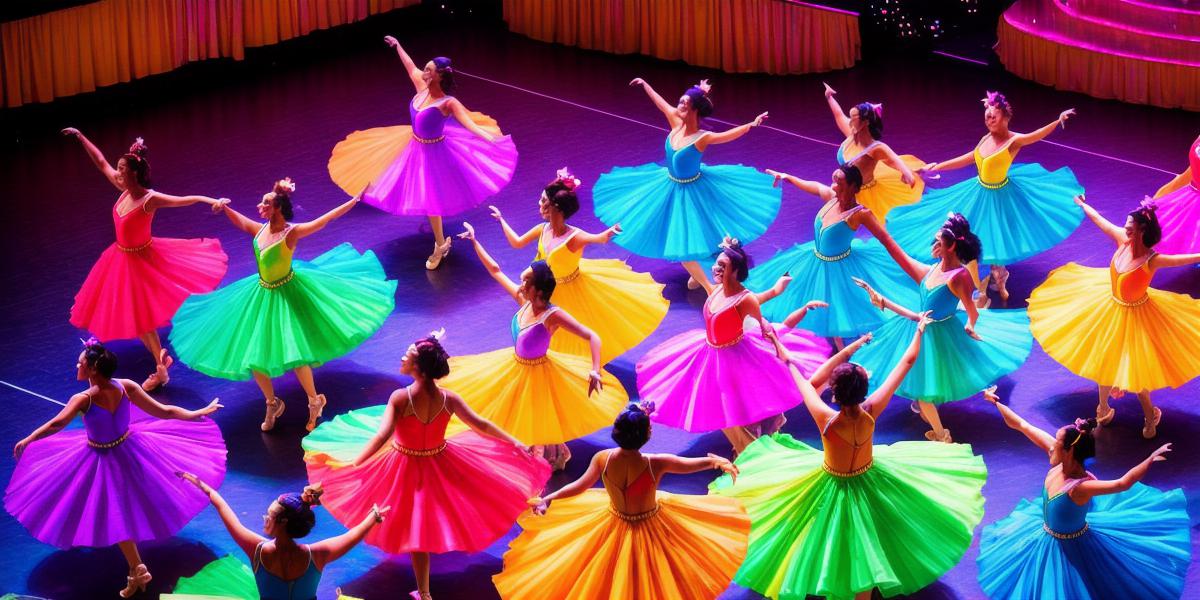How to Write a Dancing Scene: A Step-by-Step Guide
Introduction:
Dance scenes are an essential element in many movies, TV shows, and stage performances. They can convey emotions, tell stories, and even change the tone of a scene. However, writing a dancing scene that is both engaging and realistic can be challenging. In this article, we will provide you with a step-by-step guide on how to write a dancing scene that will captivate your audience.
-
Determine the Purpose of the Scene:
Before you start writing, it’s crucial to determine the purpose of the scene.What do you want to convey?
Is it a romantic moment, a celebration, or a fight sequence?
Once you have a clear idea of the scene’s purpose, you can begin planning the choreography and movements that will best express that emotion.
-
Choose the Right Music:
Music plays an essential role in creating the mood and atmosphere of a dancing scene. The tempo, rhythm, and melody of the music should match the emotional intensity of the scene. For example, slow, romantic music may be appropriate for a love scene, while fast-paced, upbeat music may be more suitable for a fight sequence. -
Plan the Choreography:
The choreography is the heart of any dancing scene. It’s essential to plan every move carefully to ensure that it flows smoothly and conveys the intended emotion. You can use different dance styles and techniques to create unique movements, such as ballet, hip-hop, or contemporary dance. Remember to keep the audience engaged by incorporating turns, lifts, and other dynamic elements into the routine. -
Select the Right Costumes:
The costumes of the dancers can significantly impact the overall look and feel of the scene. Choose costumes that are appropriate for the dance style and the emotions being conveyed. For example, a romantic ballroom scene may require elegant gowns and tuxedos, while a hip-hop dance sequence may require streetwear outfits. -
Incorporate Emotion:
Emotion is essential in any dancing scene. You can use facial expressions, body language, and movement to convey emotions such as love, anger, or joy. For example, a romantic scene may include slow, sensual movements and tender gazes between the dancers, while a fight scene may involve sharp, aggressive movements and grunts. -
Use Lighting Effects:
Lighting can dramatically impact the mood and atmosphere of a dancing scene. Use lighting effects to create different moods, such as dimming the lights for a romantic moment or using bright flashes for an action-packed fight sequence. You can also use shadows and silhouettes to create unique visual effects. -
Edit and Refine:
Once you have written the dancing scene, it’s essential to edit and refine it to ensure that it flows smoothly and conveys the intended emotions effectively. You can use editing techniques such as cutting between shots or adding sound effects to enhance the scene’s impact.
Summary:
Writing a dancing scene can be a challenging but rewarding experience. By following these steps, you can create a scene that is both engaging and realistic. Remember to keep your audience engaged by incorporating dynamic choreography, emotion, and unique visual effects. With practice and perseverance, you can master the art of writing dancing scenes that will leave your audience spellbound.
